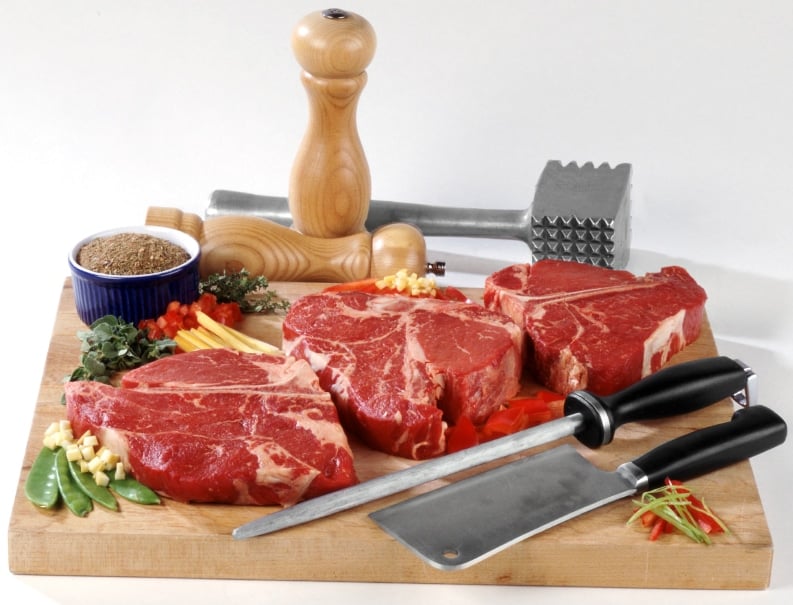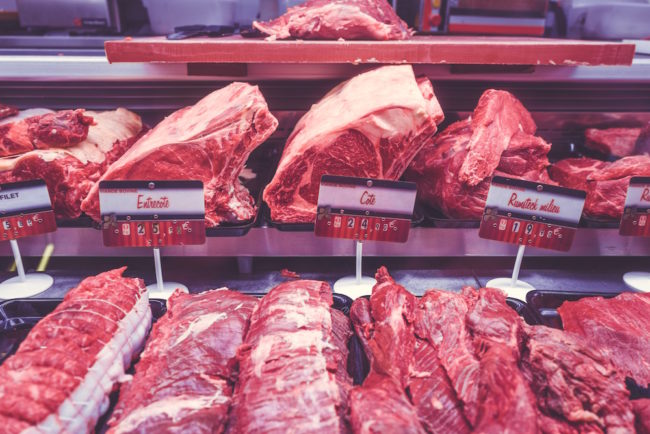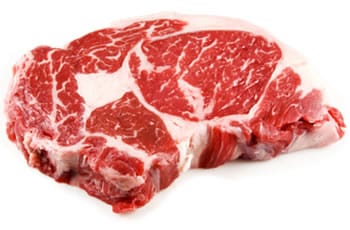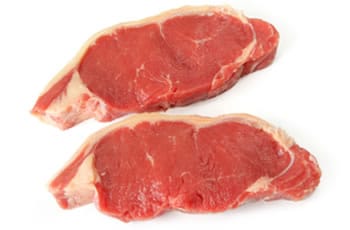Hey Roy, “Love Ya Meat” from up here in Buffalo! Need you to settle a bet: What’s the difference between a Porterhouse and a T-bone?
Devon
Buffalo, New York
Thanks Devon. Lets start with what they have in common (other than being delicious and ideal for grilling!!!). Both the T-bone and the Porterhouse consist of a ‘T’ shaped bone with meat on each side. The larger side contains meat from the striploin while the smaller side contains meat from the tenderloin.

Example of Porthouse Steaks
The Porterhouse is a big beautiful steak – pushing 2 to 2 ½ pounds. It’s cut from the large end (rear) of the short loin and contains more of the tenderloin than the T-bone. Usually pretty pricey, but worth every penny when the mood strikes you.
The T-bone is cut from the narrow end, which is further forward in the short loin and also very tasty!
But in case you need numbers to settle this bet, the good old USDA is here to help. According to their Institutional Meat Purchase Specifications document, the tenderloin must be at least 1.25 inches (32 mm) thick to be classified a porterhouse, while the tenderloin must be at least ½ inch (13 mm) thick for the steak to be classified a T-bone.
Nice.
Devon, you gotta let us know who won the bet and what the ‘steaks’ were!!!
Until next time – like I always say…
Love Your Meat,
![]()


